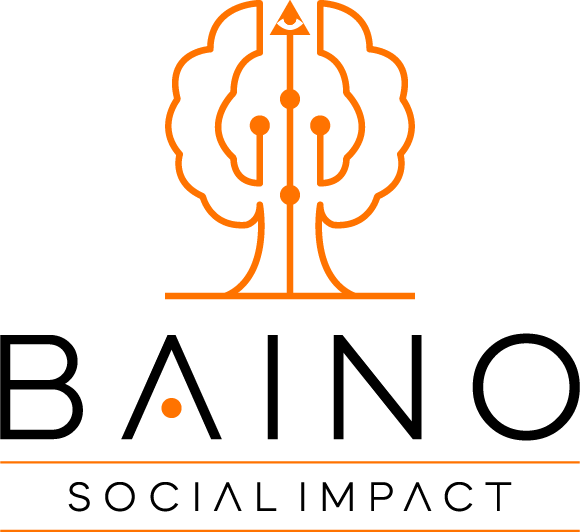Health is a complete physical, mental, and social well-being, not merely the absence of diseases or infirmity.
A debate on poverty and health has been going on for decades. More central to this debate in recent times is whether deprivation leads to ill-health or poor health is a precursor of poverty. Although ample scientific evidence currently supports both arguments, the fact remains: poverty and ill health almost always co-exist.
Over the years, Busoga region has faced some of the most challenging health issues in the history of Uganda. Today, the region is still battling issues that are still clinging on. Therefore, it needs support in the struggle to promote the process of enabling people to obtain substantial control over their health and to improve it.

Poverty is a major cause of ill health as it contributes to disease spread, undermines health services’ effectiveness and slows population control.
Improving the health and longevity of people experiencing poverty as a fundamental goal of long-term economic growth and development is a sound foundation that can be relied upon to build and achieve several other developmental goals that, in unison, can eradicate poverty.
As already mentioned, poverty is a complex phenomenon rooted in an array of factors and conditions, many of which extend beyond the control of the health sector. Poverty eradication is not a goal that any member can accomplish in any industry because it is multi-faceted and is usually deeply rooted in many socio-environmental conditions. That’s why poverty eradication calls for a community-based, multisectoral approach.

What is Health?
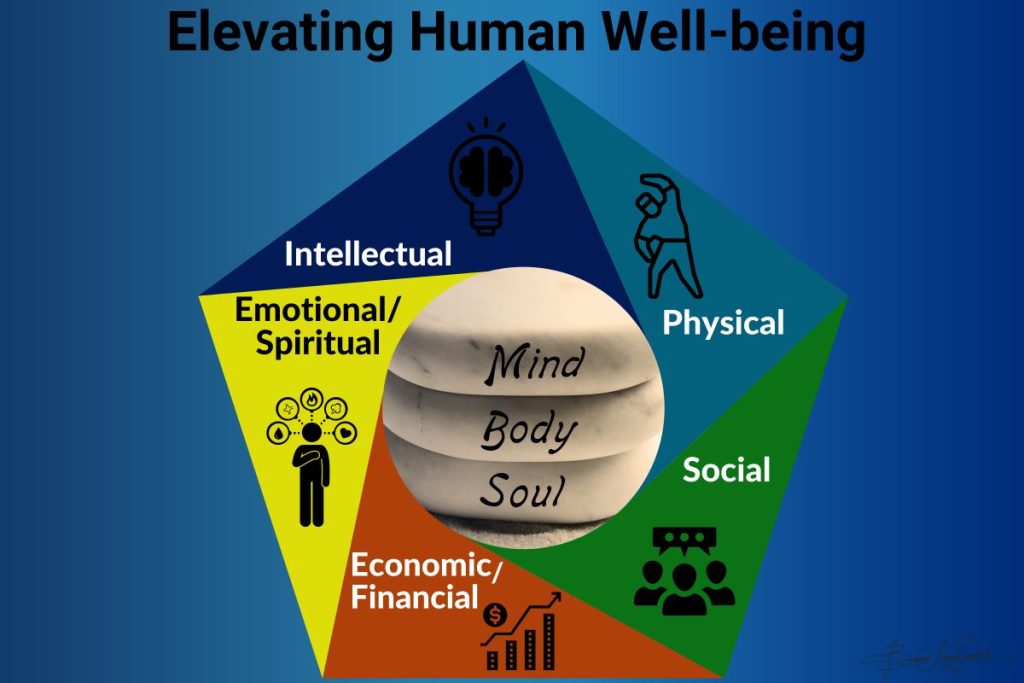
Mental and physical health are the two most frequently discussed types of health. They work in tandem to improve a person’s quality of life. Other categories of health contribute to overall health, like spiritual, emotional, and financial health.
A person with good physical health will likely have bodily functions and processes working at their peak. This doesn’t necessarily mean an absence of any ailment; regular exercise, balanced nutrition, and adequate rest contribute to good health.
Sometimes people receive medical treatment to maintain a balance when necessary. Sometimes healthy living means pursuing a healthy lifestyle to decrease the risk of diseases and to protect and develop the endurance of a person’s breathing and heart function, muscular strength, flexibility, and body composition.
Physical health and well-being also involve:
- Reducing risks of injury or other health issues, such as minimising hazards in the workplace.
- Using contraception when having sex.
- Practising effective hygiene.
- Avoiding the use of tobacco, alcohol, or illegal drugs.
- Taking recommended vaccines for a specific condition.
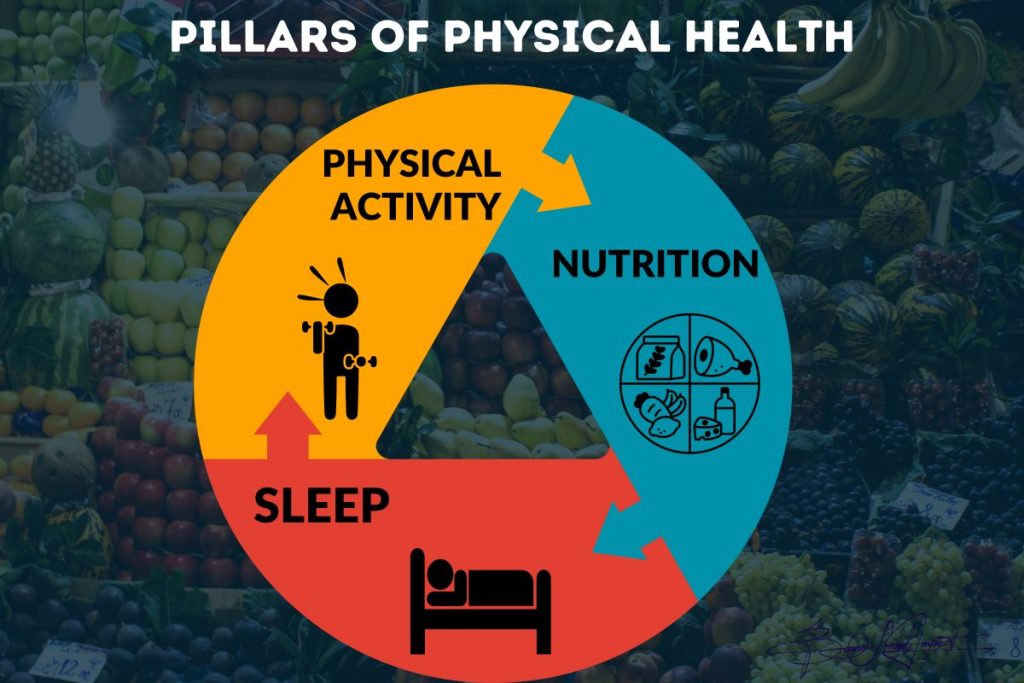
Factors Affecting Health
According to several studies, the higher a person’s socioeconomic status, the more likely they are to enjoy good health, have a solid education, get a well-paying job, and afford good healthcare in times of illness or injury.
Even in the most affluent countries, less well-off people have substantially shorter life expectancies and more illnesses than well-off people. These differences in health are vital, and they continue to draw scientific attention to learn more about some of the most potent determinants that dictate the differences in health standards in this modern society.
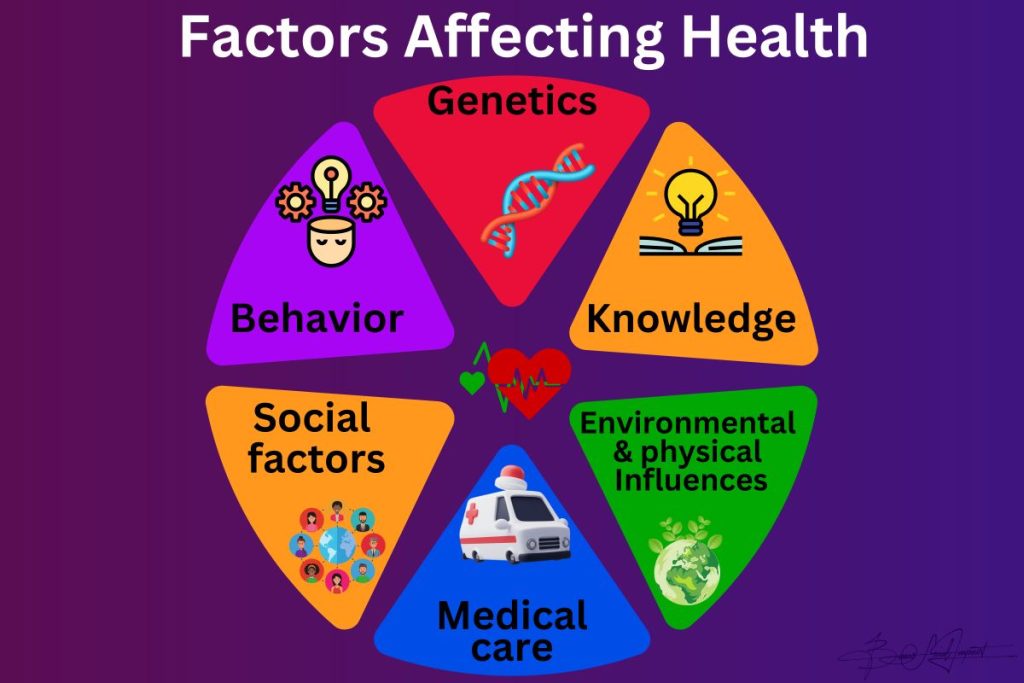

People of low socioeconomic status, such as those marginalised and discriminated against, are more likely to suffer restrictive social conditions that increase the risk of poor health.
Poor social circumstances affect health in more ways than can be easily diagnosed. Although major health problems frequently result in loss of income, work and difficulty in completing education, a social position still has a greater influence on health than health has on social status.
Other factors that can perpetuate a continuous cycle of poor health and poverty are inadequate health services, poor sanitation, poor dietary practice, weak health institutions and infrastructure, an unhealthy environment, inaccessibility of medical supplies and an inability to spend on health care such as consultations, tests and medicines.
Individuals who lead healthy lives and eat healthy diets are likelier to have long life expectancies than those who don’t. Healthy diets protect a person’s heart and reduce the risk of several diseases that cause the brain and the physical body to break down.
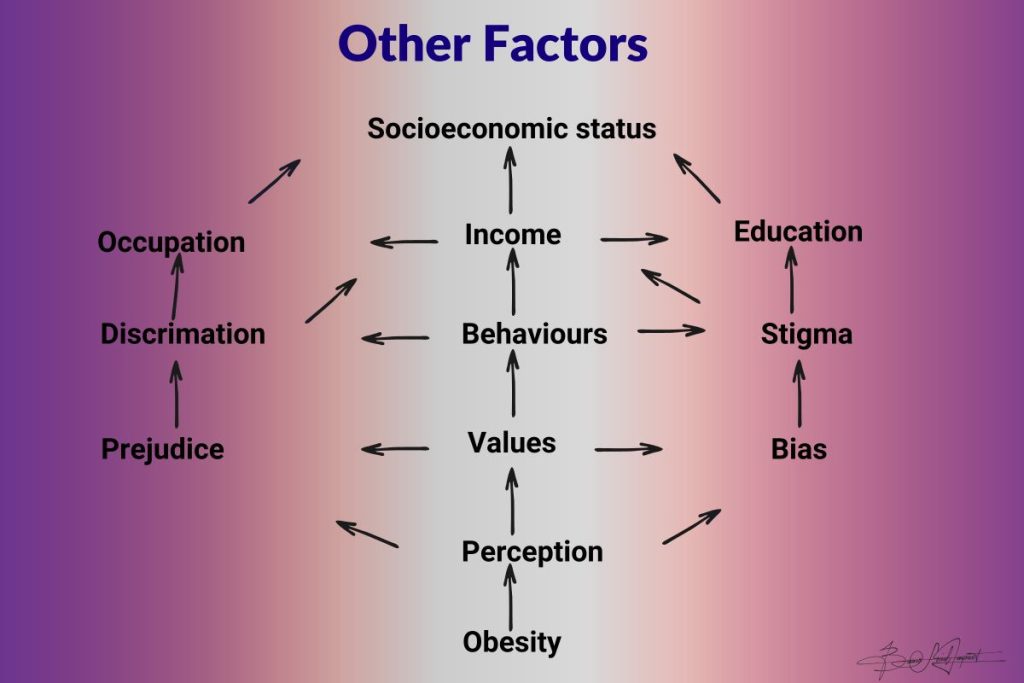
Health Promotion

Health promotion is a fundamental building block of public health. With population health assessment, health surveillance, disease and injury prevention, and health protection, health promotion is a central public health function that furthers all public health work.
Health promotion, disease and injury prevention can be approached by addressing individual risk factors for specific health outcomes or addressing any underlying societal risk conditions (e.g. poverty and socioeconomic-related inequities).
Extensive scientific evidence is now available on the factors contributing to good health outcomes in communities. Health—along with education—is one of the chief ultimate goals of development. Health has proved to be a dimension of poverty in its own right.
- Defining and implementing priority interventions and health services, considering the major causes of diseases and mortality, especially among the unprivileged
- Reinforcement and extension of health systems to provide better management of poor communities by increasing the budgets of ministries of health and using their resources more effectively
- Strengthening inter-sectoral collaboration to benefit people with low incomes to positively impact the key determinants (education, employment, nutrition, participation of people with low incomes in decision-making).
Given these three essential components, all priority interventions must acknowledge that health and poverty are closely connected and are almost a single entity. And so, to curb their effects, all efforts must be based on correlating all vital principles, such as equity and ethics, ease of accessibility of resources for all, efficiency and sustainability, participation of communities concerned, and consideration of gender specificity.
Other equally essential intervention actions aimed at improving health in the Busoga region should also include intensifying the fight against harmful practices, maternal and child mortality, malnutrition and HIV/AIDS through immunisation, education, environmental health and clean water supplies.
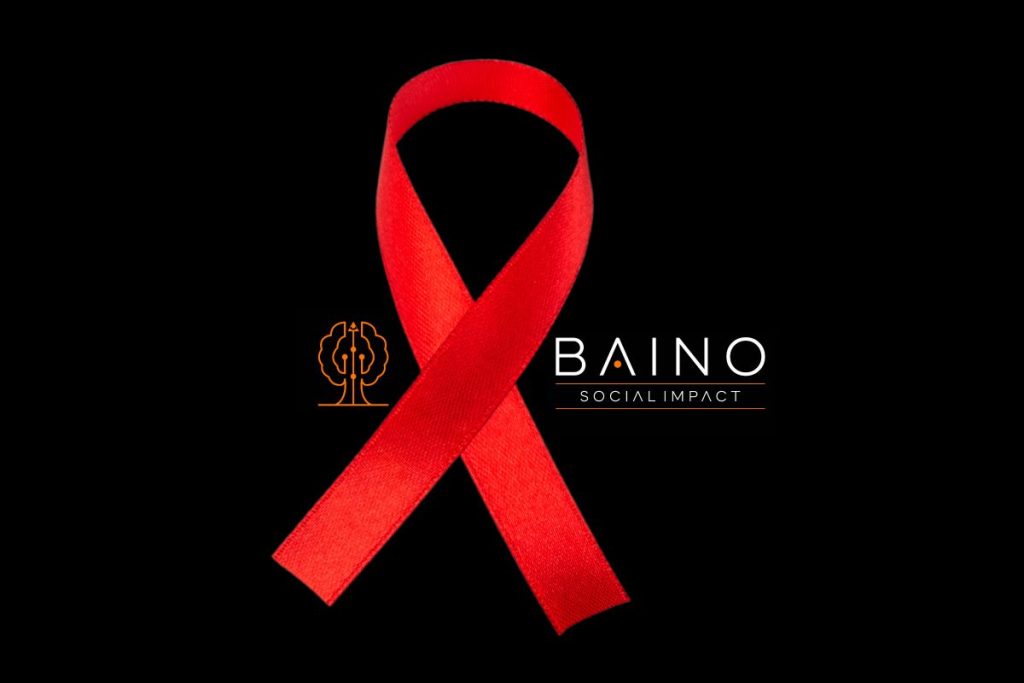
Investment in Health Is Investment in Economic Development
As the Commission on Macroeconomics and Health (CMH) of the World Health Organization (WHO) indicates, investment in health is an essential means of economic development.
Substantially improved health outcomes are a prerequisite if developing countries are to break out of the circle of poverty.
Good health contributes to development through several pathways, which partly overlap but, in each case, add to the total desired impact as listed below:
- Higher labour productivity. Healthier workers are more productive, earn higher wages, and miss fewer work days than ill workers. This increases output, reduces turnover in the workforce, and increases enterprise profitability and agricultural production.
- Higher rates of domestic and foreign investment. Increased labour productivity creates incentives for investment. In addition, the control of endemic and epidemic diseases, such as HIV/AIDS, is likely to encourage foreign investment by increasing growth opportunities for them and reducing health risks for their personnel.
- Improved human capital. Healthy children have better cognitive potential. As health improves, rates of absenteeism and early school drop-outs fall, and children learn better, leading to growth in the human capital base.
- Higher rates of national savings. Healthy people have more resources to devote to savings, and people who live longer save for retirement. These savings, as a result, provide funds for capital investment.
- Demographic changes. Improvements in health and education contribute to lower fertility and mortality rates. After a delay, fertility falls faster than mortality, slowing population growth and reducing the ‘dependency ratio’ (the ratio of active workers to dependents). This ‘demographic dividend’ is a crucial source of growth in per capita income for low-income countries.
In addition to their beneficial macroeconomic impact, health improvements have intergenerational spill-over effects that are clearly shown in micro-economic activities, not least in the household.
The ‘demographic dividend’ is especially crucial for people experiencing poverty, who are more likely to have more children and have less money to ‘invest’ in each child’s education and health.
With the spread of better health care and education, family size declines.
Children are more likely to avoid the cognitive and physical repercussions of childhood disorders and, as a result, perform better in school.
These children are less likely to suffer from disabilities and impairments in later life and, therefore, are less likely to face catastrophic medical expenses and more likely to achieve their earning potential. Then, as healthy adults, they have more resources to invest in their children’s care, health and education.

Pro-poor Health Approach
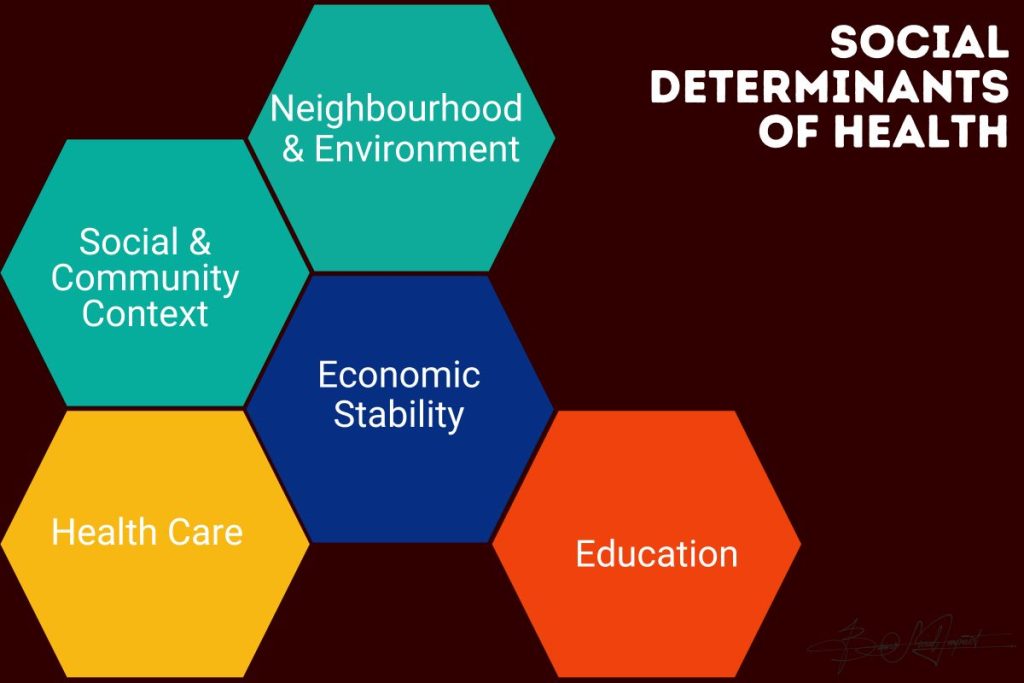
Pro-poor is a term that has become widely used in the development literature.
A pro-poor health approach prioritises promoting, protecting and improving the health of low-income people. It includes providing quality public health and personal care services with fair financing mechanisms. It goes beyond the health sector to encompass policies that disproportionately affect the impoverished’s health, such as education, nutrition, water and sanitation.
It is also concerned with global action on the effects of trade in health services, intellectual property rights, and health research funding since they all impact the health of people with low incomes in developing countries.
Although the technical knowledge to address the cardinal causes of ill health already exists, low-income people carry a disproportionate disease burden.
In order to improve the health of impoverished communities, a comprehensive development strategy based on a pro-health approach must be implemented.
A Pro-poor health approach builds on the following four pillars.
Health system
Health systems comprise the promotive, preventive, curative and rehabilitative services delivered by health personnel and their support structures. They include public and private sector services (for-profit and not-for-profit), formal and informal, traditional services, and home and family-based care.
The public health system is already weak and fragmented, so there needs to be more access for people with low incomes. The first significant challenge is to stock the system with medical equipment, programs and services. The other major challenge is to address the gender, ethnic and socio-economic biases in health service delivery to reach vulnerable groups and groups with special needs.


Health financing
Health financing and broader social protection strategies are necessary to protect the poor and socially vulnerable individuals from the impoverishing costs of health care. This requires the pooling of risk to be increased, as well as cross-subsidy and protection against health shocks.
Key policies
Key policy areas beyond the health sector. The health of poor people, in particular, is determined by a wide range of factors, including income, education level, food security, environmental conditions, and access to water and sanitation. Economic, trade and fiscal policies are important determinants of household incomes and nutritional status. They impact inequality and exclusion by gender, ethnicity or socio-economic groups. These have a marked impact on health status.
It is, therefore, necessary to assess the health impact of policies and activities whose primary purpose is not health but which may positively or negatively affect health outcomes. Action will be required to optimise the positive effects and eliminate or reduce undesired ones. This could be one of the major roles of any national poverty reduction program to provide a framework to connect policies outside the health sector with pro-poor health objectives.
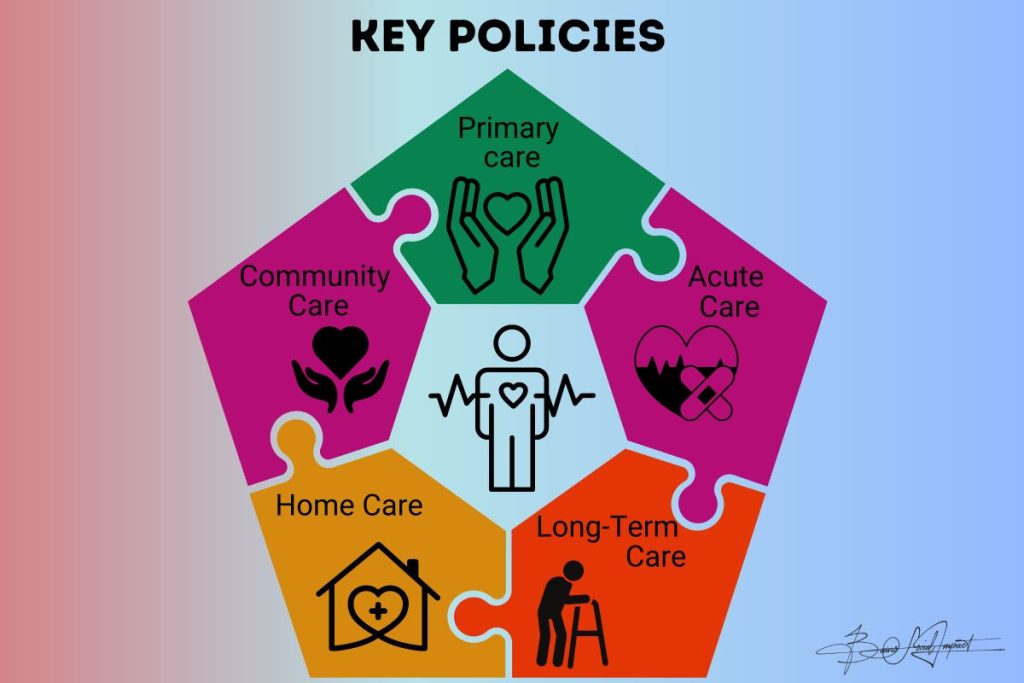
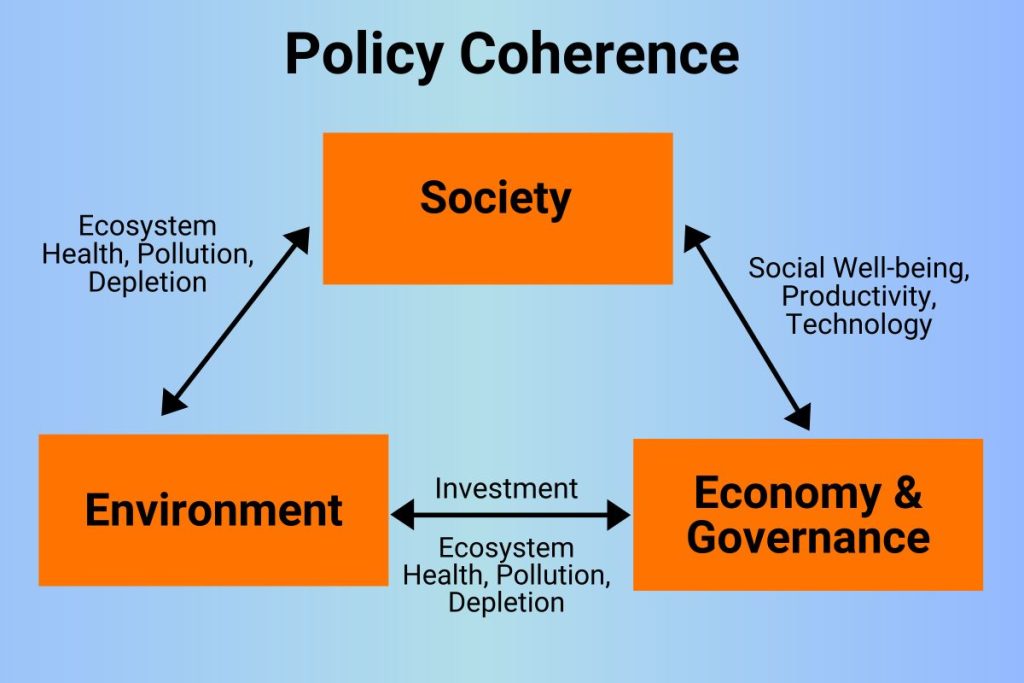
Policy coherence
with the global world: Promoting policy coherence and global public goods. A globalised world presents additional health risks, as indicated by the rapid spread of HIV/AIDS or the threat of bioterrorism. It also provides opportunities to prevent, treat, or contain diseases. International action – such as providing global public goods, multilateral agreements on trade and investment, and environmental conventions – should complement other pro-poor health strategies.
Open Mind to Interventions
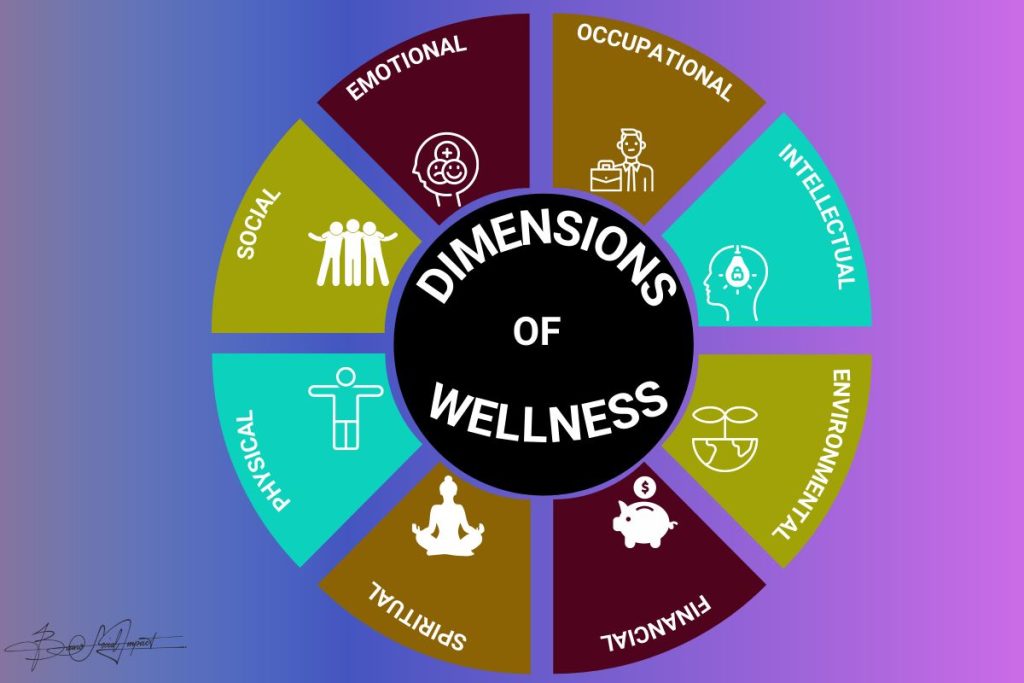
Regarding the visibility of health-promoting interventions, financial resources are usually viewed as the only cornerstone for subsistence and dissemination.
However, this is not an exact representation. Other crucial resources and intervention measures can frequently be used to generate encouraging results. They may not be readily accepted, evaluated, or even published, but they can be widely spread within the community to manage and improve health at individual, communal, or national levels. This is especially true when community members build solutions to pressing issues.
Health is now ranked high on the international agenda than ever before. It is increasingly becoming a central issue in development. And many nations of the world acknowledge that enjoying the highest attainable standard of health is one of the fundamental rights of every human being without distinction of race, religion, political belief and economic or social condition.
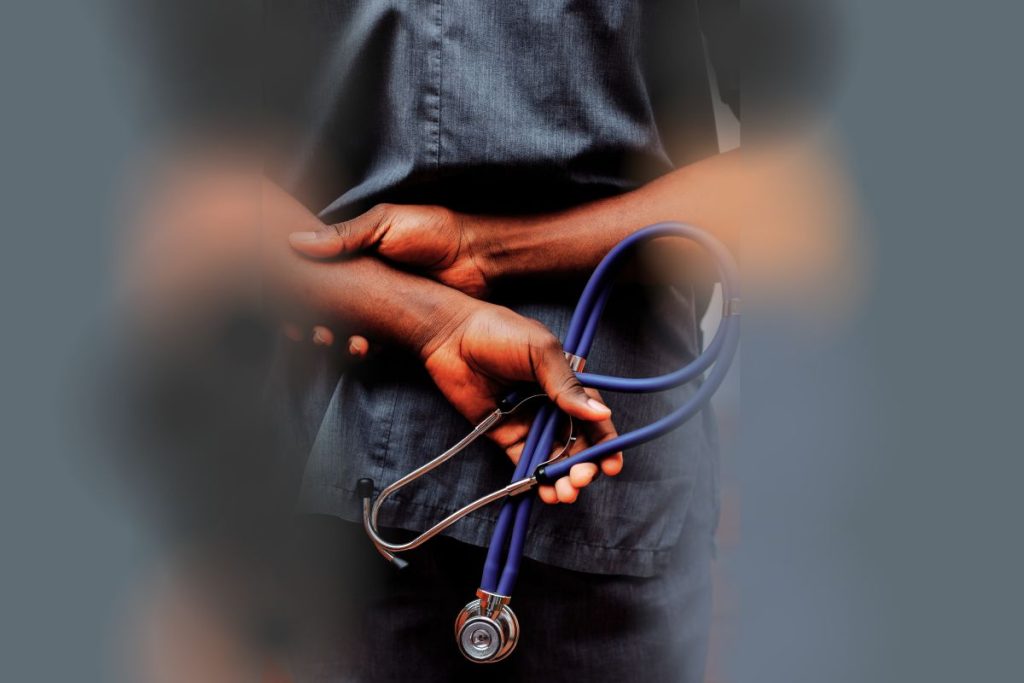
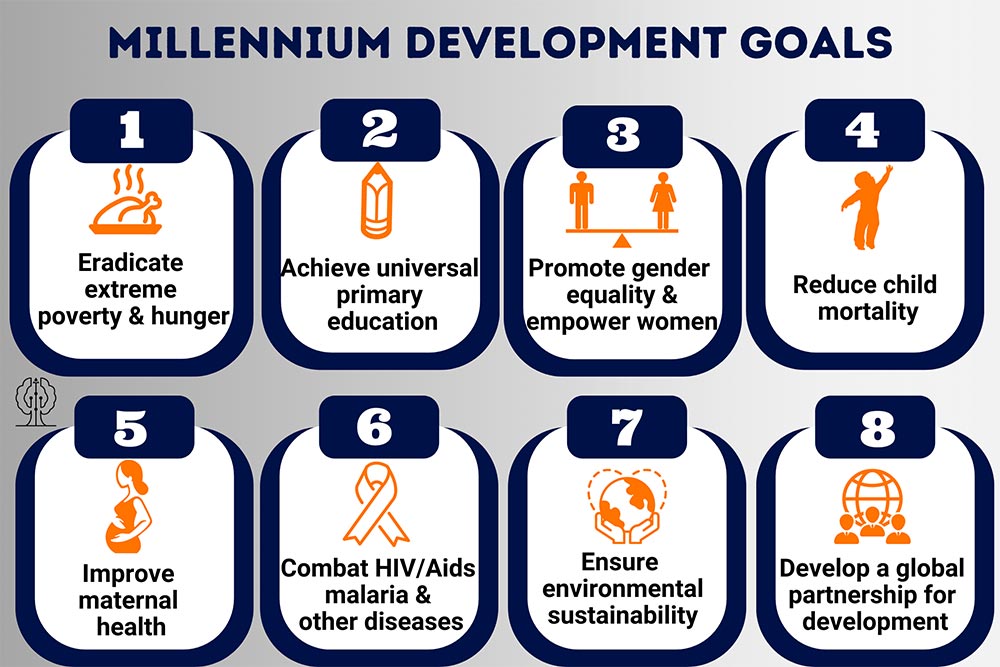
International organisations, such as The Millennium Development Goals (MDGs), derived from the UN Millennium Declaration, are trying to commit as many countries as possible to invest in the health standards of the poor population.
The three major health-related sectors it focuses on are; a reduction in child mortality, a reduction in maternal mortality, and a halt to the spread of HIV/AIDS, malaria, and tuberculosis.
Preserving Health & Wellness
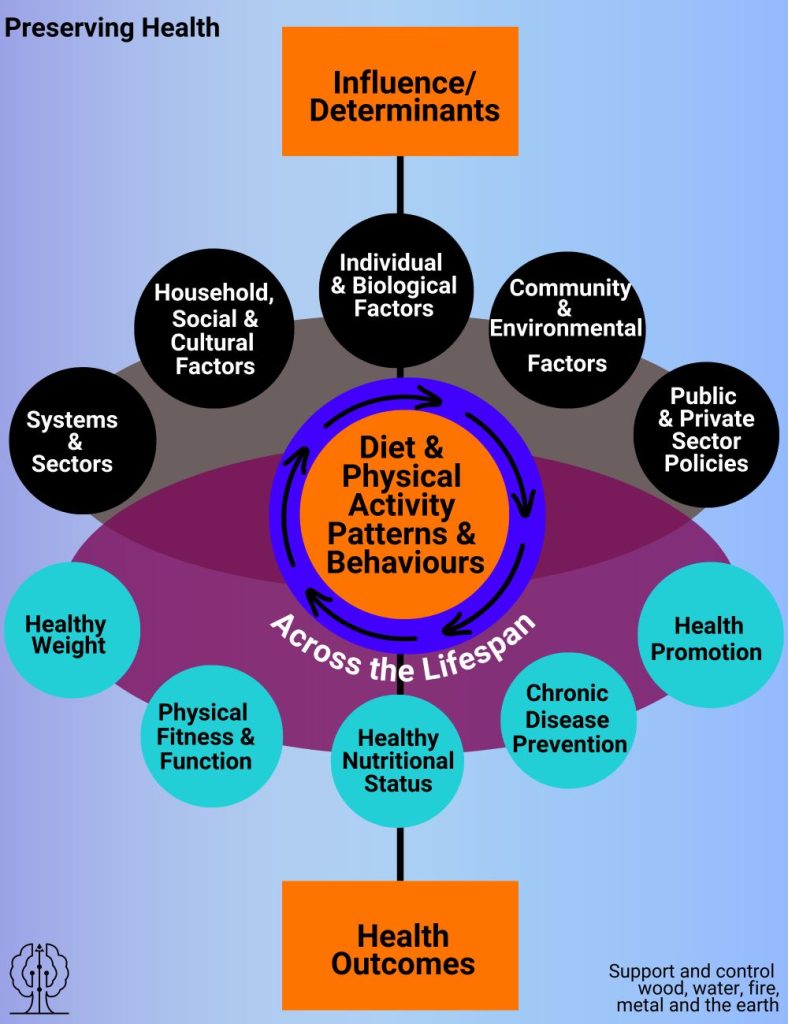
The best way to maintain health is to preserve it through a healthful lifestyle rather than waiting until sickness or infirmity to address health problems.
And the term ‘wellness’ means the continuous state of enhanced well-being. In other words, ‘wellness’ is the optimal state of health for individuals and groups.
There are two focal concerns: the realisation of the fullest potential of an individual physically, psychologically, socially, spiritually, and economically. Second, fulfilling one’s roles and expectations in the family, community, place of gathering and other settings.
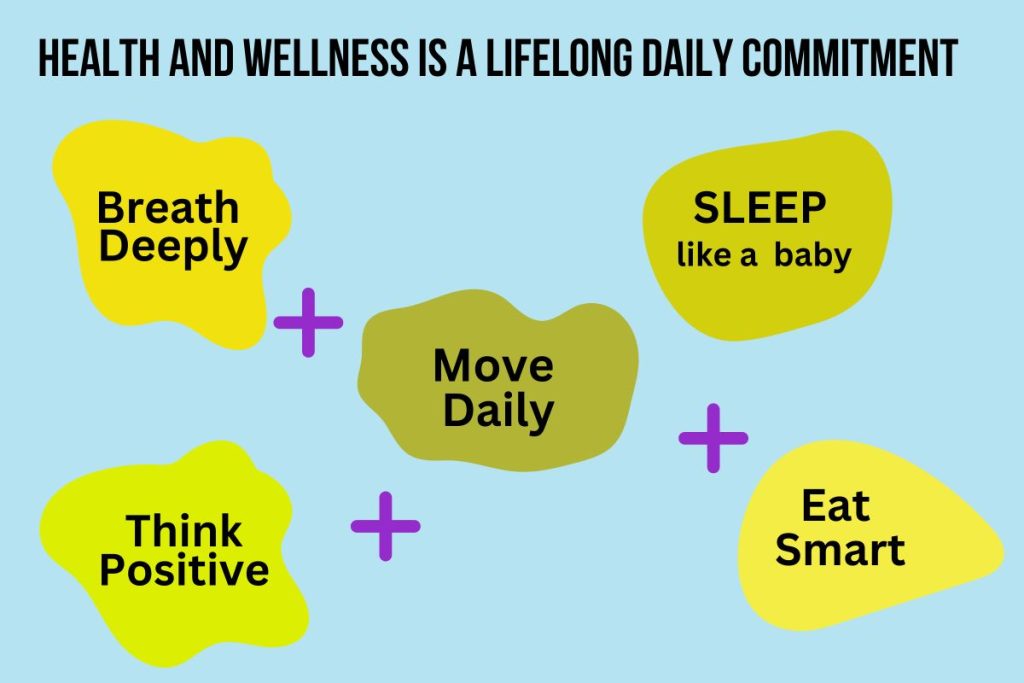
Wellness promotes active awareness of and participation in measures that preserve health, individually and in the community. Maintaining wellness and optimal health is a lifelong daily commitment. This may include eating a balanced and nutritious diet from as many sources as possible, engaging in high-intensity exercise, screening for diseases that may present a risk, connecting with others, caring for them, and maintaining a positive outlook.
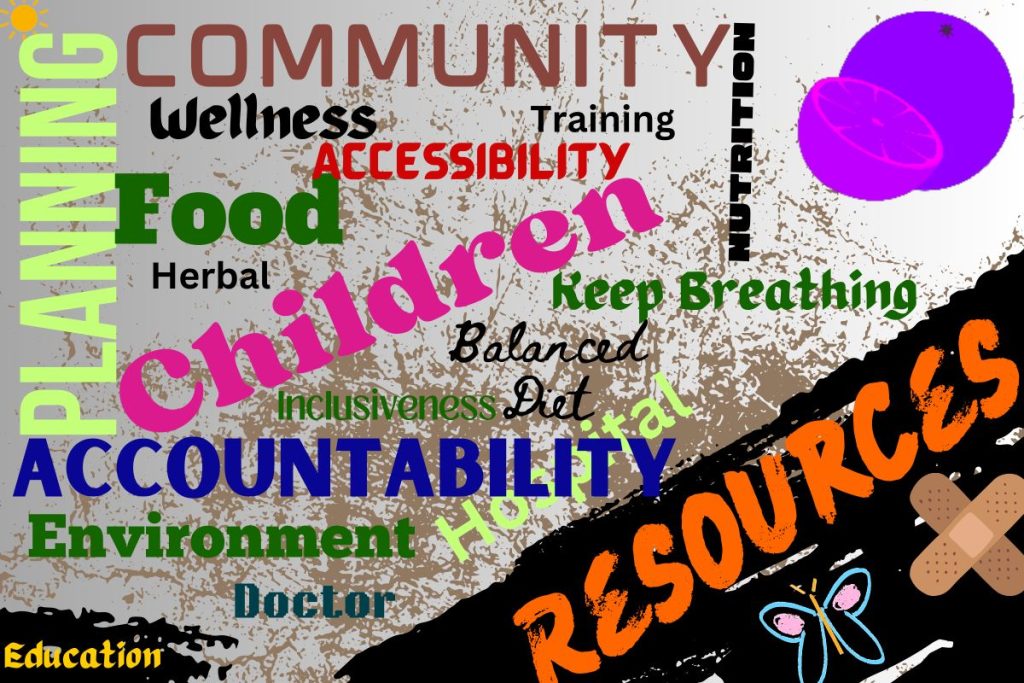
Although it may not be possible to completely avoid diseases, everyone is unique, and their definition of peak health will likely be individual. Nevertheless, every person should lead a healthy lifestyle.
The lack of health-related resources impedes the effective implementation of pro-poor health policies; it is a significant and unavoidable component of the problem.
Much of the national spending falls short of meeting the bare minimum for the poorest members of our society to meet their fundamental requirements.

National health budgets should reflect the urgency of the poverty and health challenges in terms of the budget size for health and other social sectors and the share of health resources allocated to the activities likely to benefit the poorest groups.
Without money to buy vaccines and drugs, build and equip facilities, ensure adequate staffing, and manage the health system, governments in low- and middle-income countries cannot improve the health of financially struggling families.
The allocation and distribution of national resources that should be devoted towards enhancing primary health care and district hospital services are frequently diverted to other purposes.

To meet the basic health needs of the population in Busoga region, there is a need for adequate intervention and the establishment of infrastructures to help in delivering the required services.
This also requires an invitation from all development agencies to engage in constructive dialogue to encourage and demand the proper allocation of resources that benefit both the poor and socially vulnerable members. Increased resources should come from public, private, domestic and external sources, including global health initiatives.
Busoga region can only provide sufficient resources to meet pro-poor health objectives with significantly increased external financing and building a more comprehensive, reliable health system.
Accountability, Monitoring and Evaluation

To secure long-term commitments from development agencies and mobilise additional resources from all other stakeholders, including the public, a focus on accountability, monitoring, and evaluation of overall health system performance and health outcomes, including the extent to which they are pro-poor, must be prioritised.
In ethics and governance, accountability is associated with answer answerability, blameworthiness, liability, and the expectation of account-giving.
Accountability is an essential management element that needs improvement, especially in communities like the Busoga region. It is central to attaining objectives in all sectors: public, non-profit, private and in an individual context.
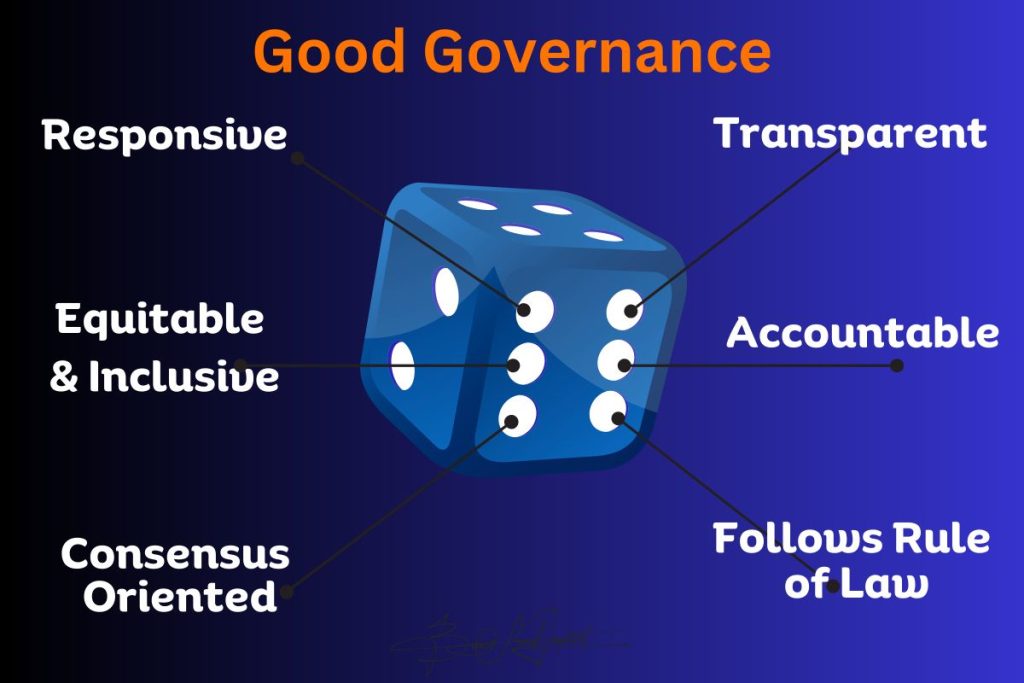
Good governance is an issue that, in its various forms, is now seen as fundamental to any poverty reduction strategy. It has many dimensions:
- Creating a fair legal, policy and regulatory framework in which the rights of people to access resources are secured.
- Improving the effectiveness, accountability and transparency of government agencies.
- Ensuring the participation of the impoverished in decision-making.
Development agencies are more likely to organise resources to support pro-poor health objectives with a clear political, social and economic commitment to articulate and implement a poverty reduction strategy in partnership with a closely-linked health sector programme.
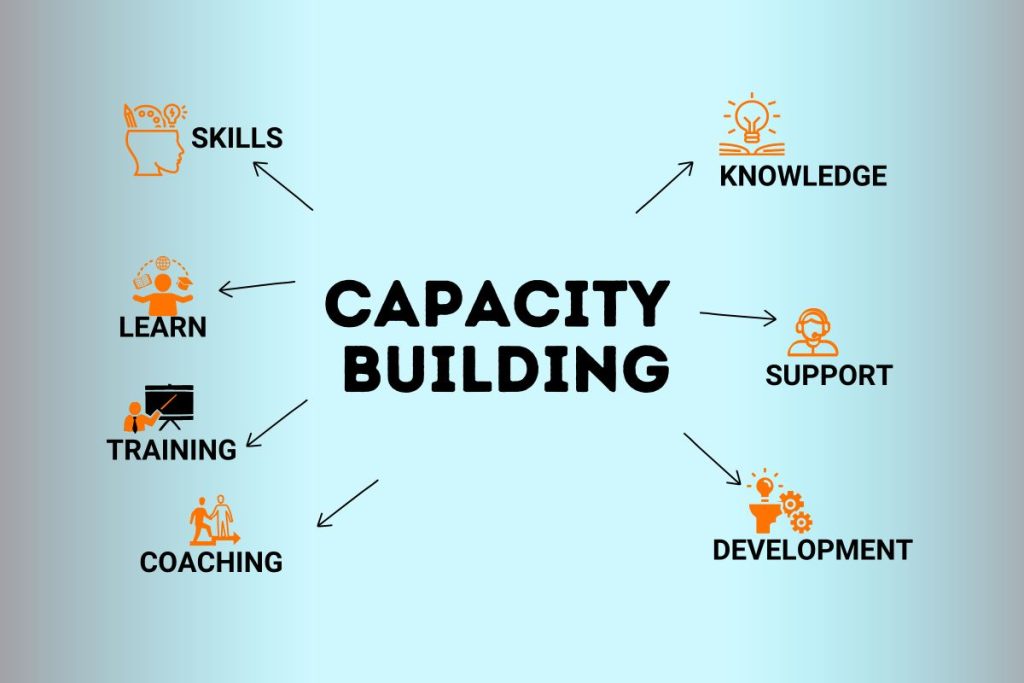
Where there is a commitment to manage resources more effectively and provide opportunities for all stakeholders to take part in the planning, management and delivery of interventions, even the less enthusiastic bodies will be encouraged to contribute generously and be a part of the process of the noble cause.
The living conditions in Busoga Region require a capacity building that goes beyond the health sector. It requires viewing pro-poor health approaches in a larger context of political and economic restructuring, fiscal policy, administrative reform and strengthening participation and democratic systems.

All catalytic roles of any form of investment should seek to coordinate all efforts, partners, and stakeholders. The coordination of stakeholders and any related efforts is bound to magnify the effectiveness of development cooperation programs. It also encourages development agencies to reinforce and complement their programmes to support the objectives specified in the poverty reduction strategy and the health sector plan through a combination of aid instruments that fit national conditions.
Together, these areas demonstrate the scope, breadth and depth of actions governments and society must undertake to achieve better health outcomes.
Indeed, a key challenge for a unified approach to these areas would be to show what it would take for public health to navigate complex social and political processes that are driving the intertwining of health and resources for health with poverty.
